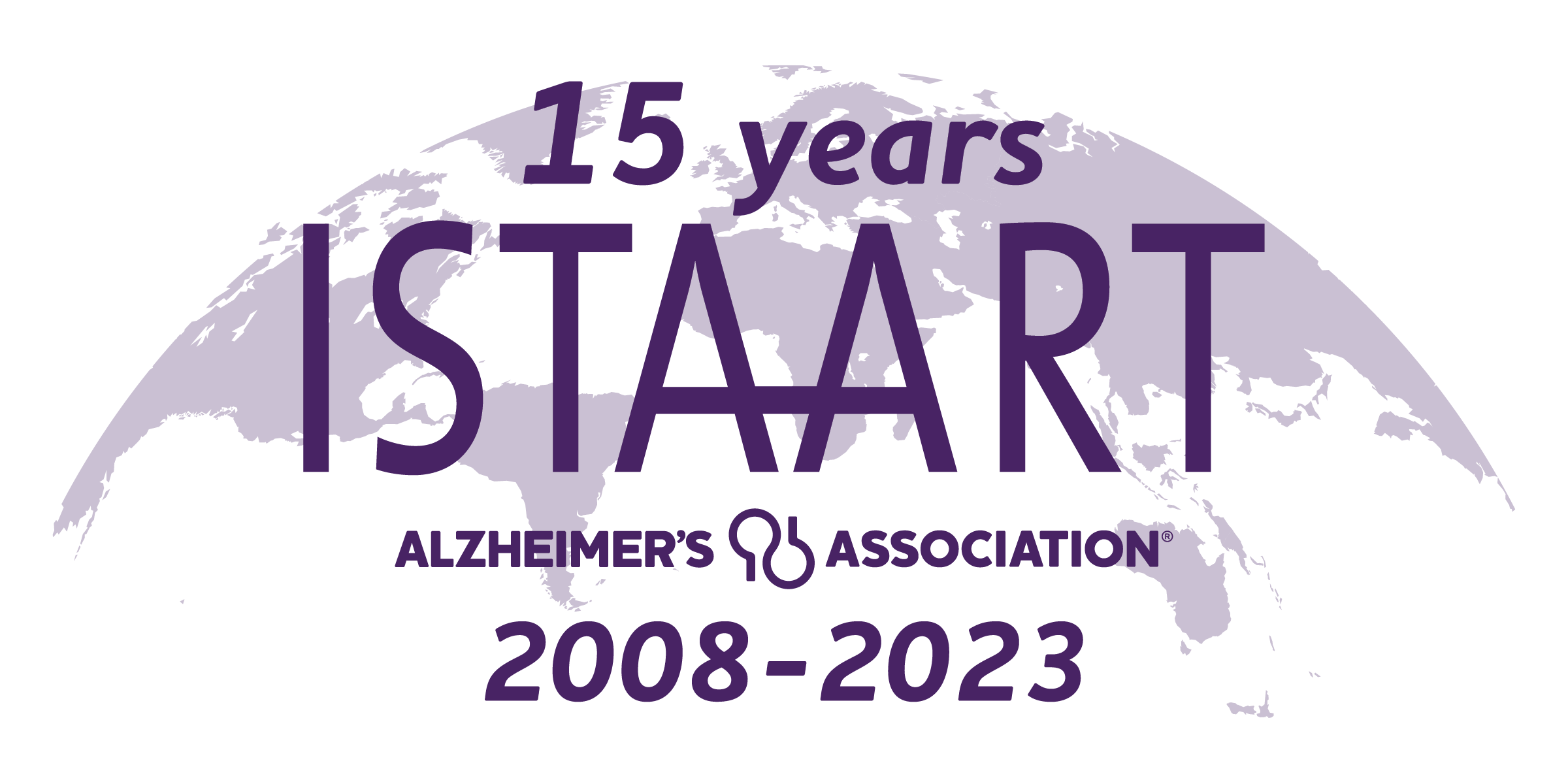About
This PIA was established in 2016.
Executive Committee
Vice Chair: Heather Allore
Programs Chair: Maude Wagner
Communications Chair: Jet Vonk
Steering Committee Member: Mike Malek-Ahmadi
Student/Postdoc Member: Nicolas Corvalan
Student/Postdoc Member: Natalia Gomes Concalves
Immediate Past Chair: Ana Capuano
(Next election cycle: March 2026)
#DesignDataPIA
Overview
Data from a variety of sources permit the evaluation of factors across the lifespan that moderate the risk of developing neurodegenerative disorders. Longitudinal designs provide a natural history of individual change in functioning and exposures and increasingly permit the identification of prognostic indicators of progression of dementia. However, particularly in late life, changes in cognition are often tightly bound with multiple chronic conditions and mortality complicate analysis of change. Differences in measurements and sample composition, effects of repeated testing, alternative statistical models, treatment of incomplete data and mortality, and study design can affect the replicability of results and limit comparisons across country and birth cohort. This PIA will support the application of advanced statistical methods for the analysis of longitudinal studies of aging and dementia, with particular attention to replicability of results, measurement harmonization, innovations in design, and causal methods in longitudinal research. This PIA also emphasizes the contributions of big data, electronic health records, intensive within-person designs and innovations in unobtrusive measurements for advancing research on neurodegenerative disorders.
PIA Objectives:
- To support and coordinate joint research activities involving longitudinal, big, and small data and facilitate access to metadata from existing studies.
- To stimulate innovative research on optimal design, measurement, and harmonization of exposures and outcomes, and research synthesis of multiple sources of data.
- To provide and organize training in advanced statistical methods and develop and disseminate best practices in the field.


.png)